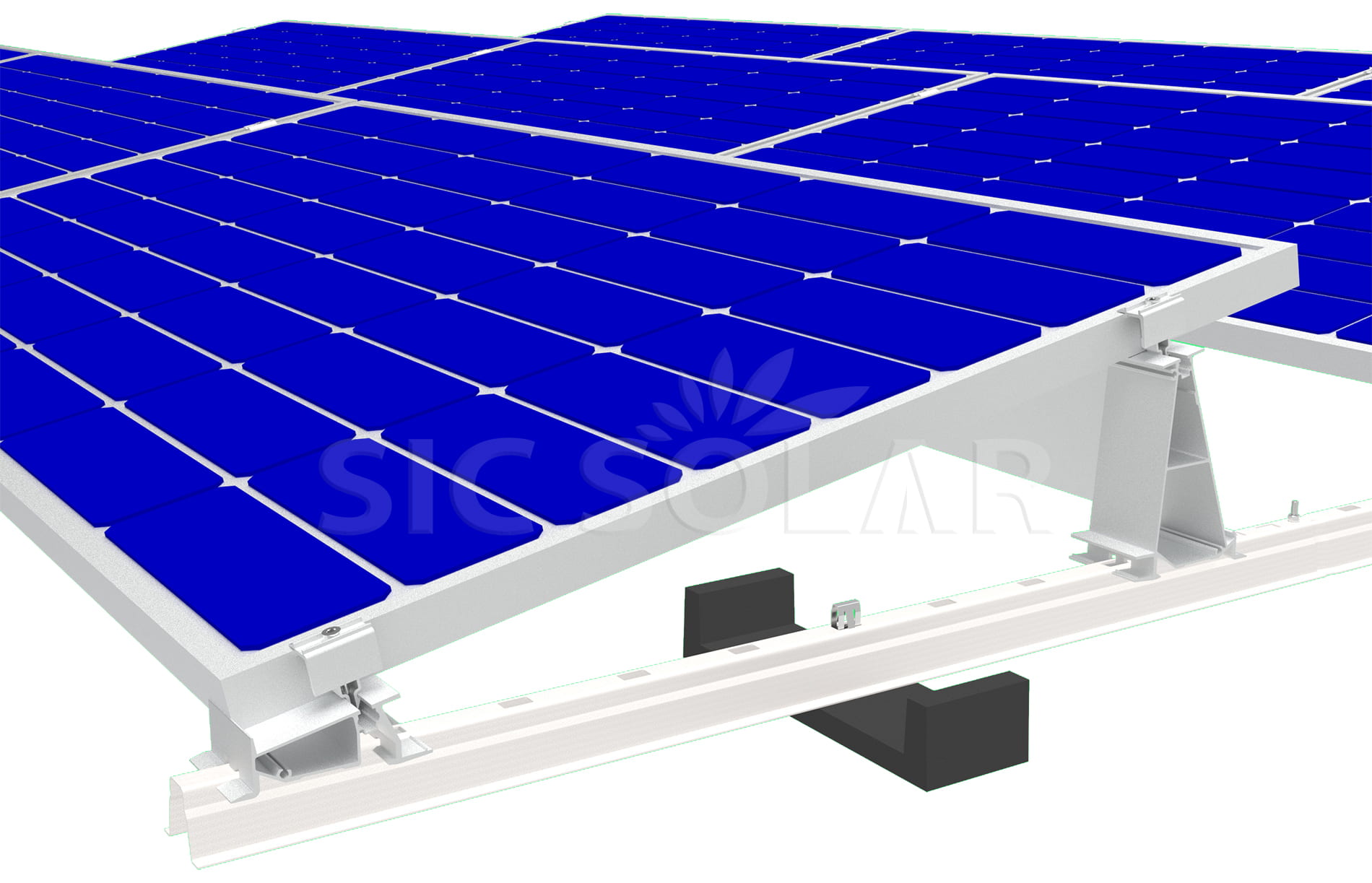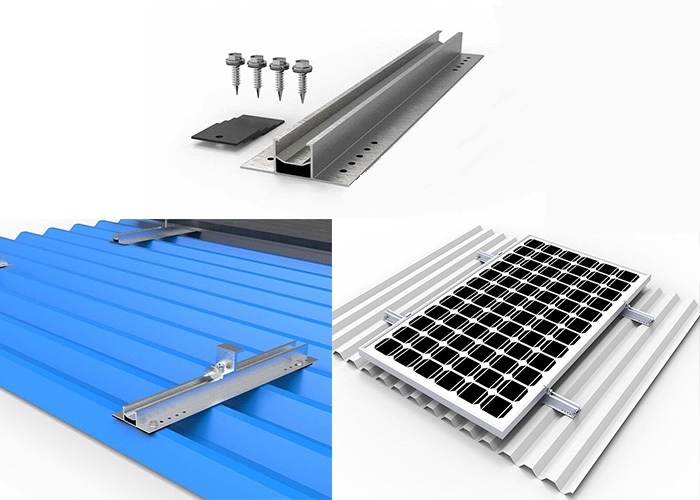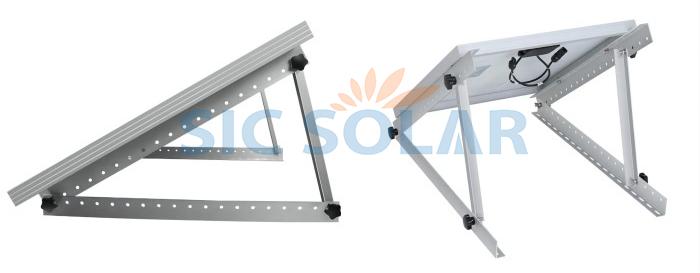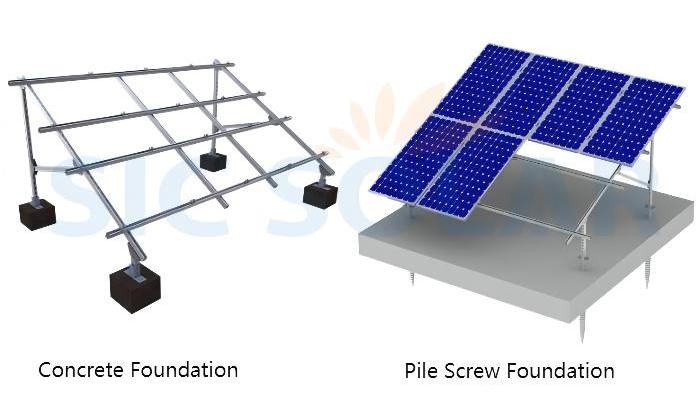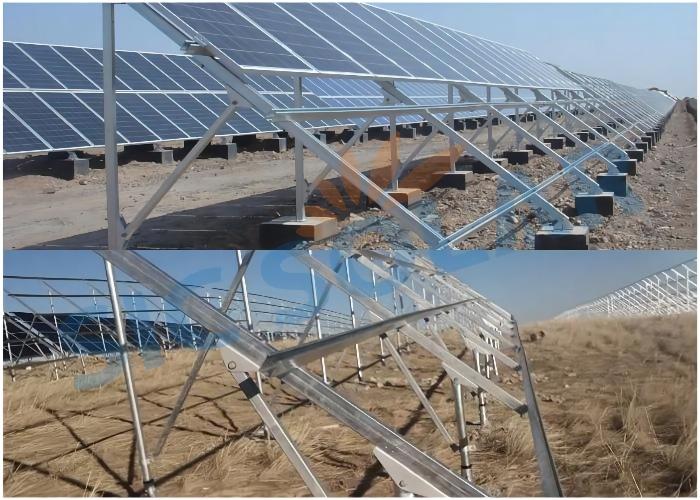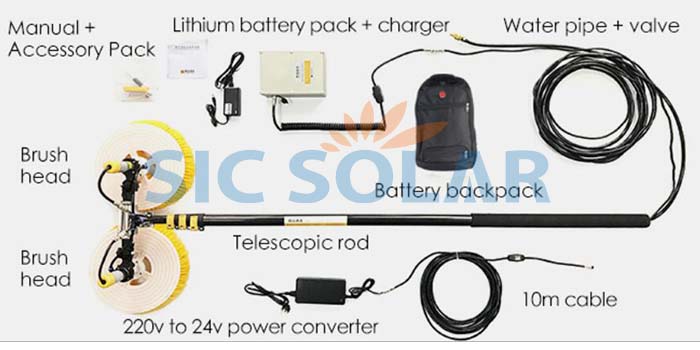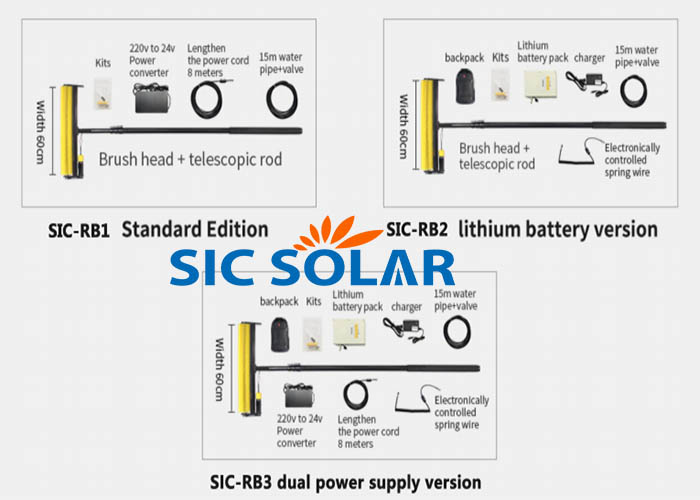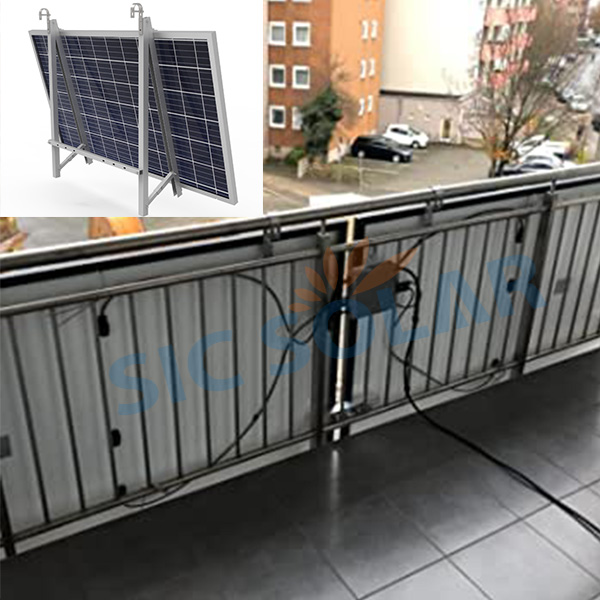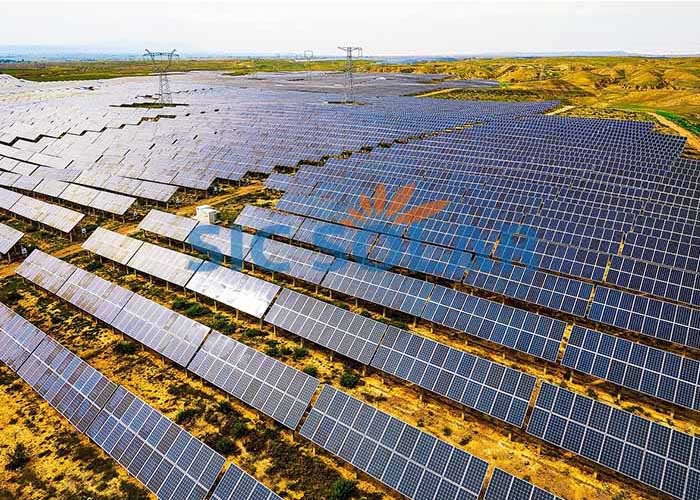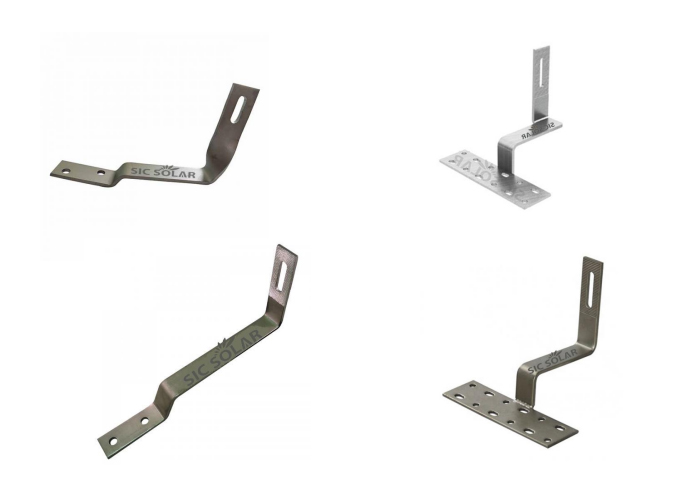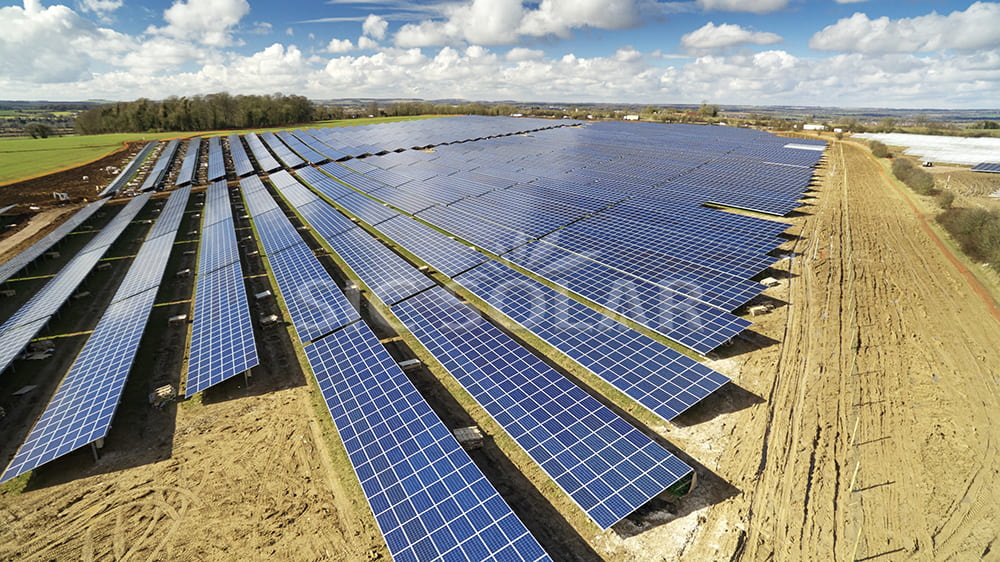Introducing the New European Solar Ballasted Mounting System
Introduction:
In recent years, the demand for renewable energy sources has been on the rise, and solar power has emerged as a clean and sustainable solution. As solar technology continues to advance, various innovations have been introduced to improve the efficiency and cost-effectiveness of solar installations. One such innovation is the New European Solar Ballasted Mounting System, which promises to revolutionize the way solar panels are installed and secured. In this blog post, we will explore the features and benefits of this cutting-edge mounting system.
Enhanced Stability:
The New European Solar Ballasted Mounting System is designed to provide superior stability and durability to solar installations. Its unique ballasting system ensures that solar panels remain securely attached to the mounting structure, even in adverse weather conditions. With its ability to withstand strong winds and heavy snow loads, this system offers increased reliability and peace of mind for solar project developers.
Versatile Design:
One of the key advantages of the New European Solar Ballasted Mounting System is its versatility. It is specifically engineered to accommodate a wide range of solar panel sizes and configurations, making it suitable for various installation scenarios. Whether you are planning a rooftop solar project, a ground-mounted installation, or even a floating solar farm, this mounting system can be customized to meet your specific requirements.
Easy Installation and Maintenance:
Installing solar panels can be a complex and time-consuming task. However, the New European Solar Ballasted Mounting System simplifies the installation process. Its modular design and pre-assembled components allow for quick and straightforward installation, reducing labor costs and project timelines. Additionally, the system requires minimal maintenance, saving both time and money in the long run.
Aesthetically Pleasing:
In addition to its functional benefits, the New European Solar Ballasted Mounting System offers an aesthetically pleasing appearance. The sleek and streamlined design seamlessly integrates with the solar panels, creating a visually appealing solar array. This feature is particularly advantageous for residential and commercial installations, where aesthetics play a significant role in the overall building design.
Environmental Sustainability:
As a renewable energy solution, solar power contributes to reducing carbon emissions and combating climate change. The New European Solar Ballasted Mounting System aligns perfectly with this ethos of environmental sustainability. By harnessing solar energy efficiently, it helps organizations and communities transition to a greener and more sustainable future, while also maintaining a low ecological footprint during the manufacturing and installation processes.
Conclusion:
The New European Solar Ballasted Mounting System represents a significant advancement in solar installation technology. With its enhanced stability, versatile design, ease of installation and maintenance, aesthetic appeal, and environmental sustainability, this mounting system is poised to revolutionize the solar industry in Europe and beyond. By adopting this innovative solution, solar project developers can maximize the efficiency and profitability of their solar installations while contributing to a cleaner and more sustainable future.
Start exploring the countless possibilities offered by the New European Solar Ballasted Mounting System today, and take a giant leap towards a brighter and greener tomorrow.
